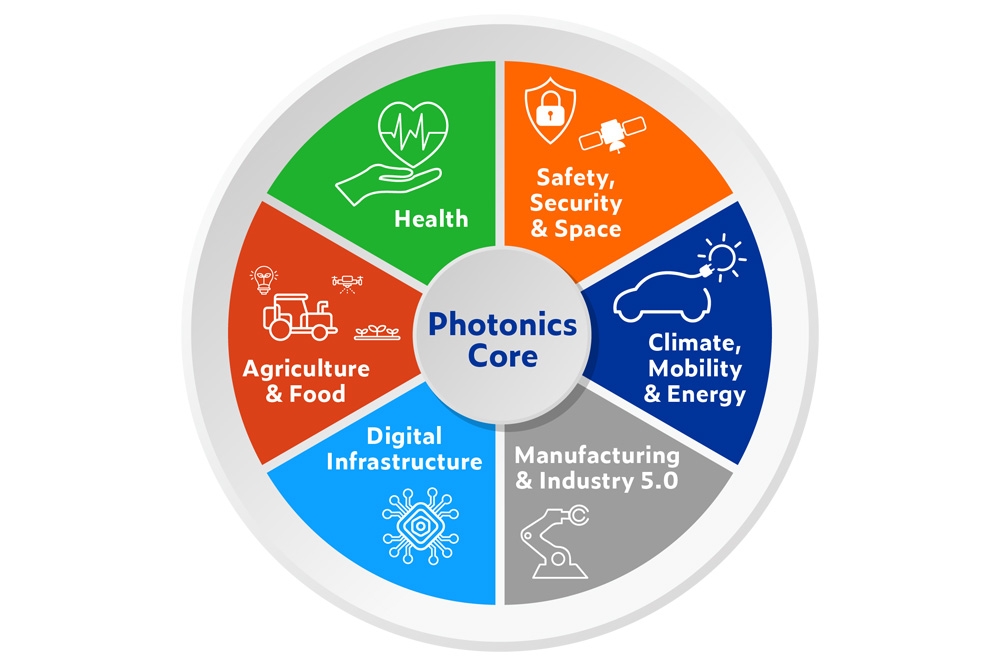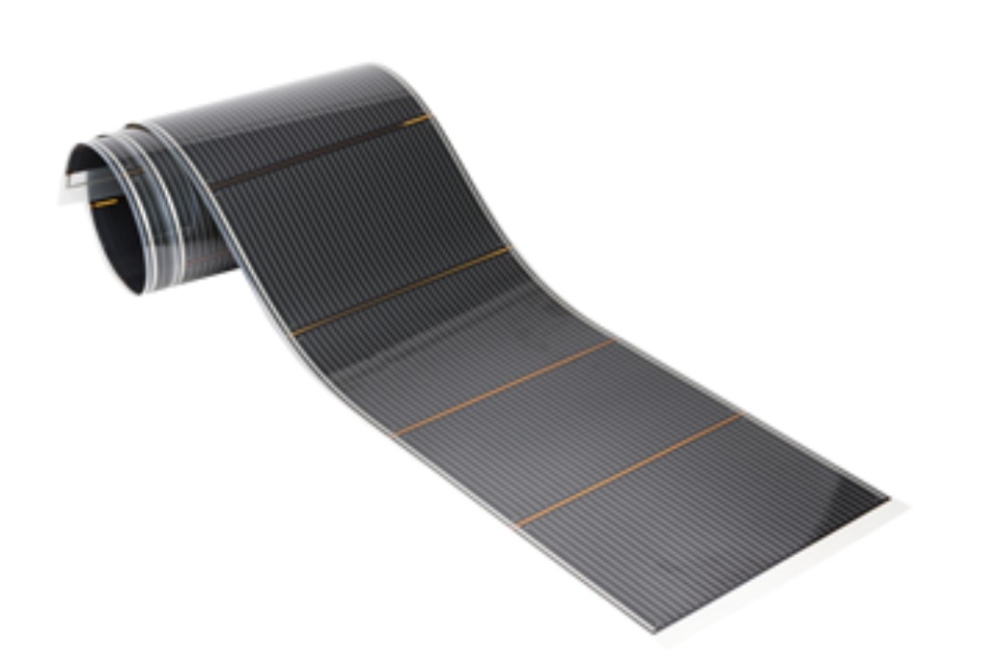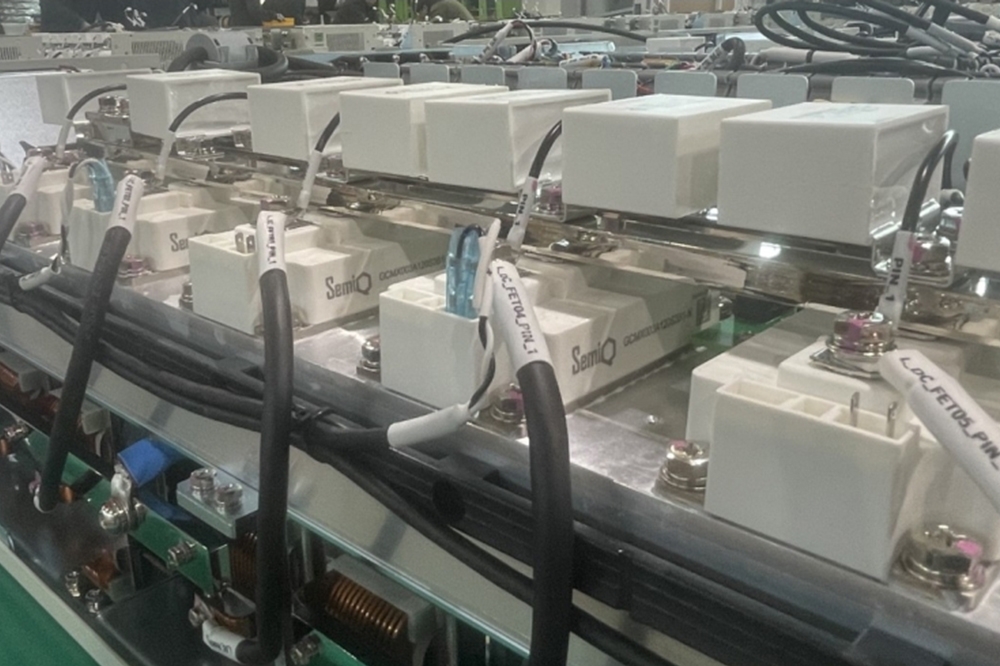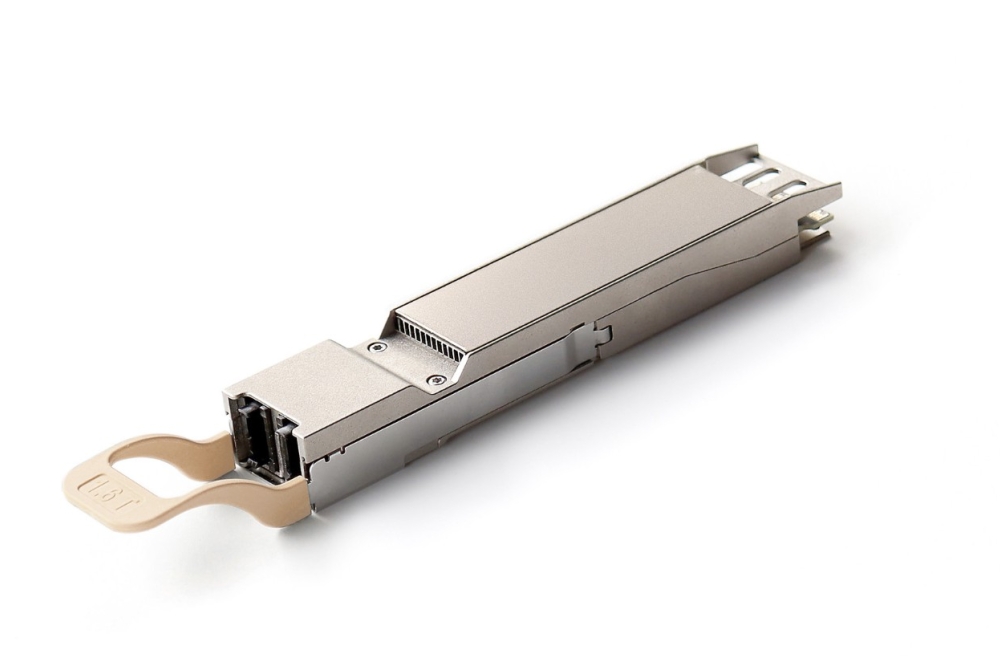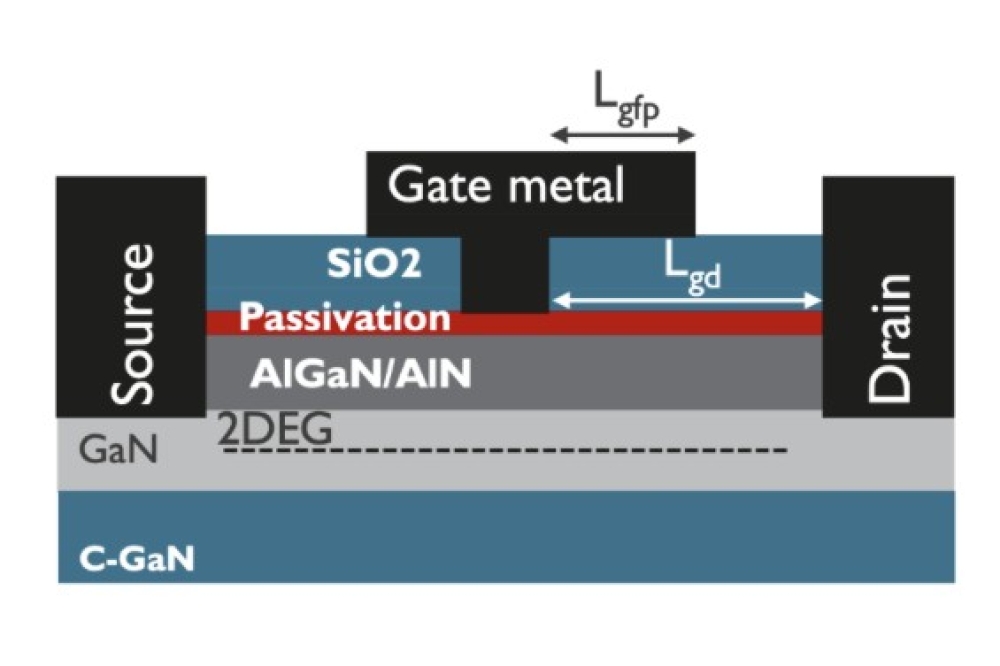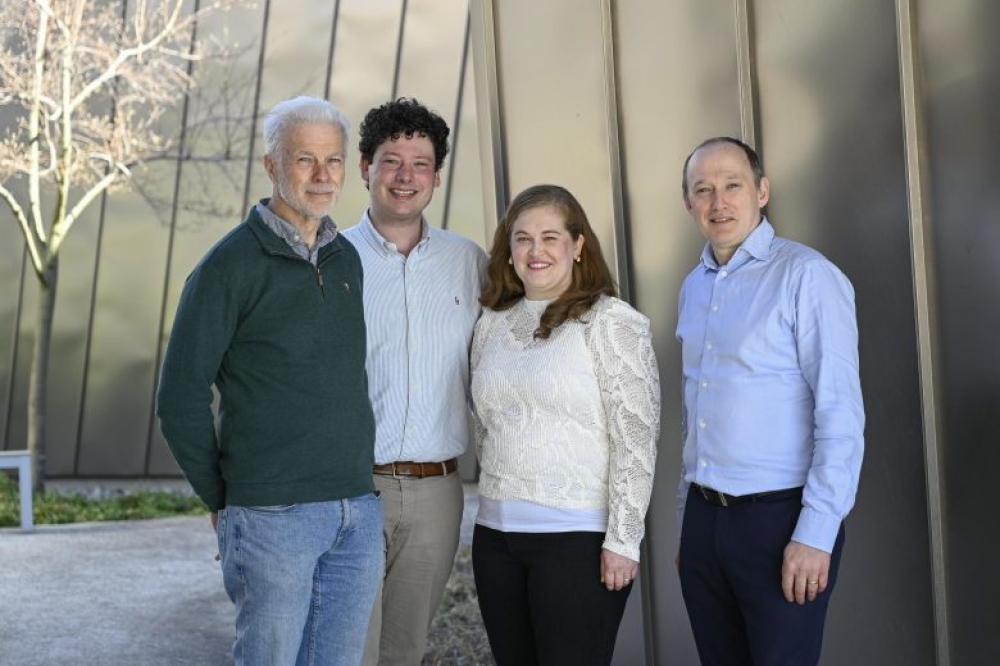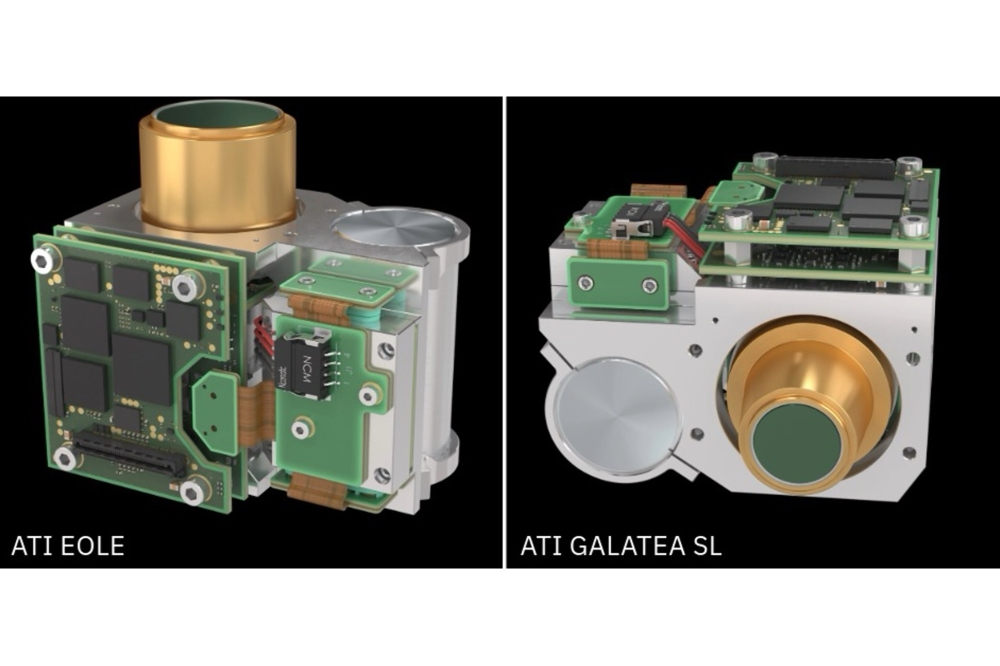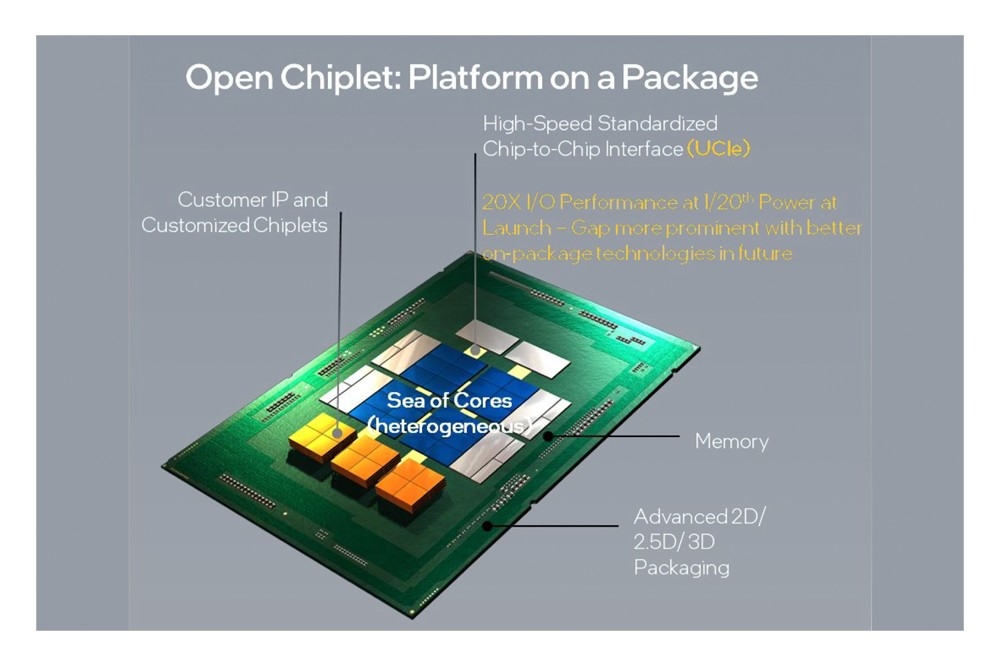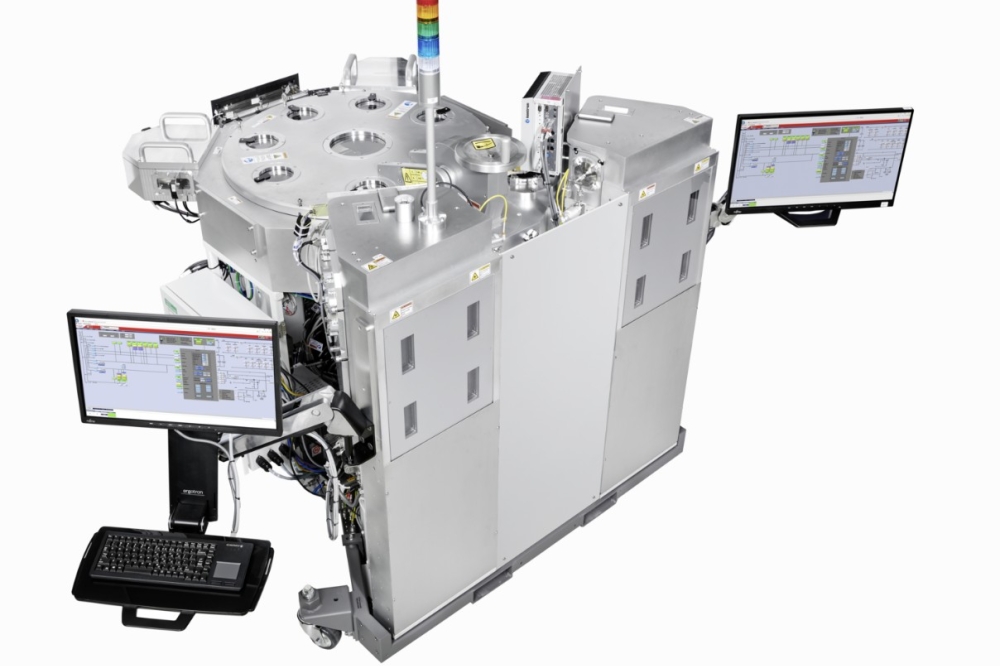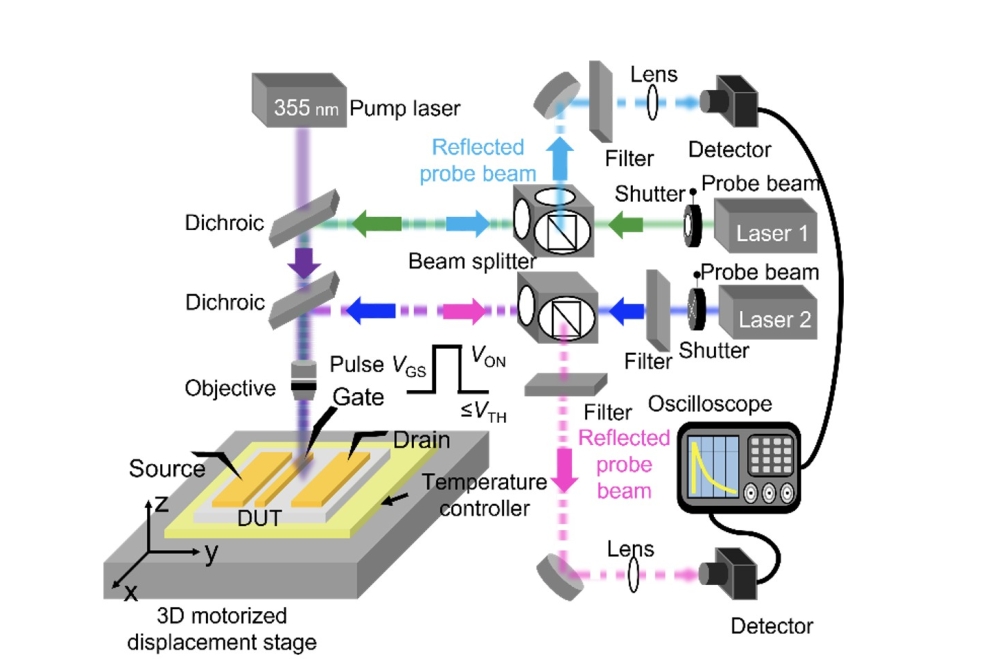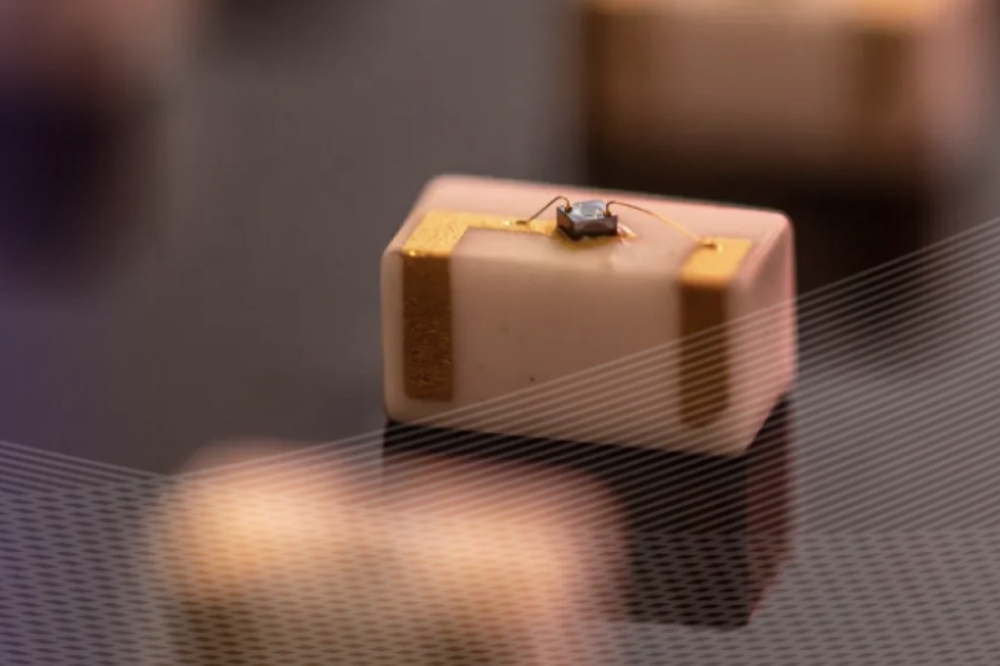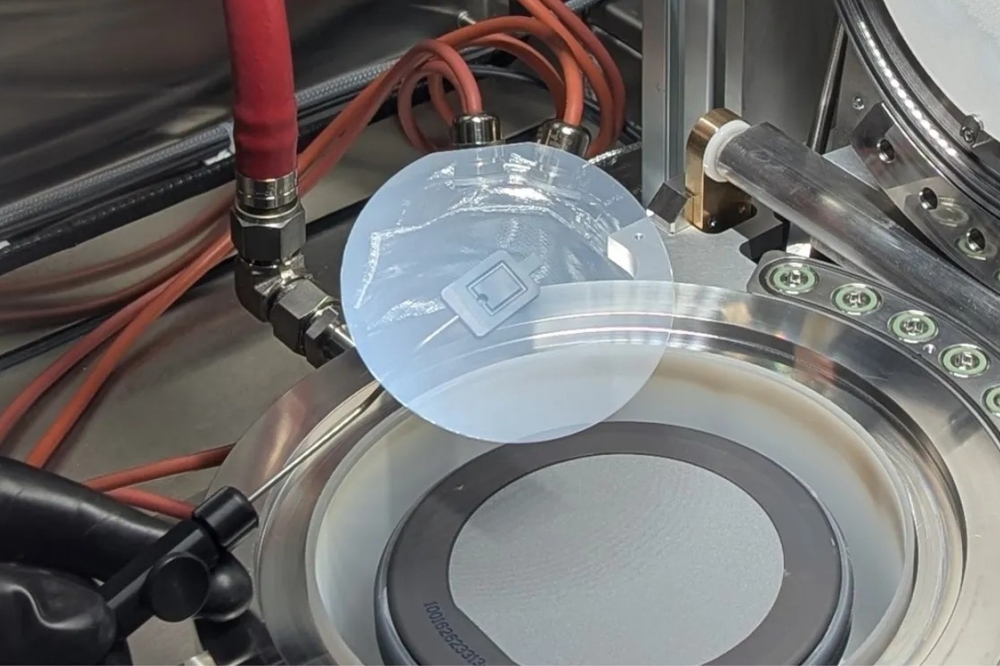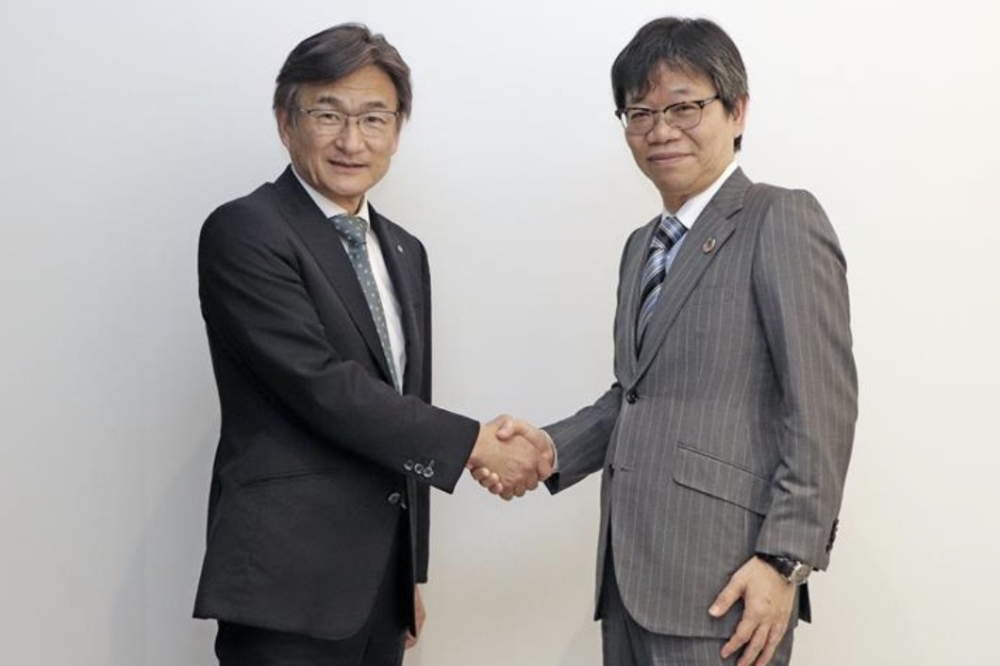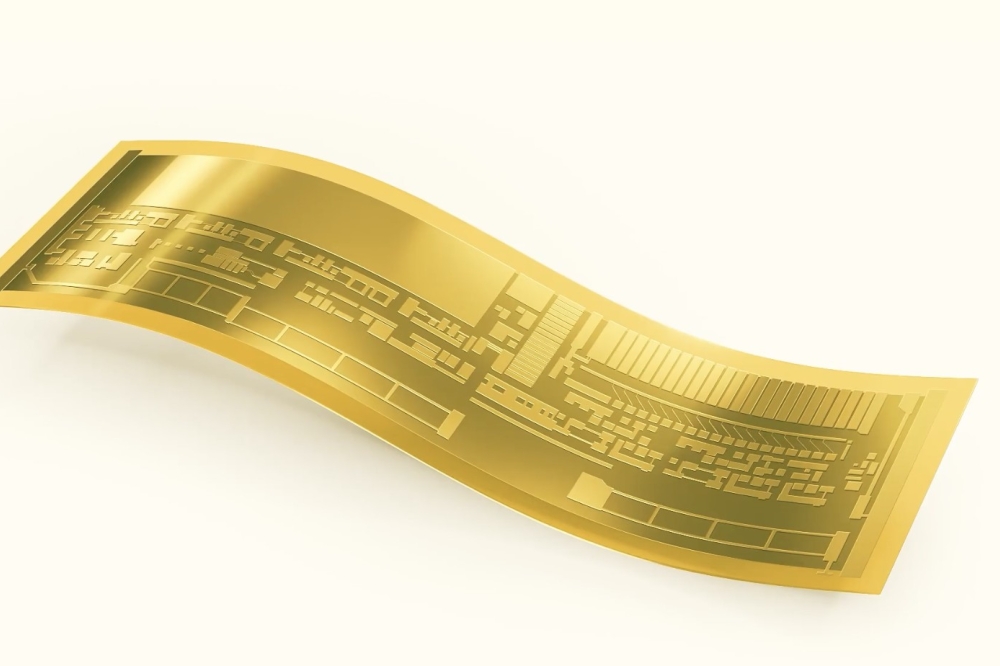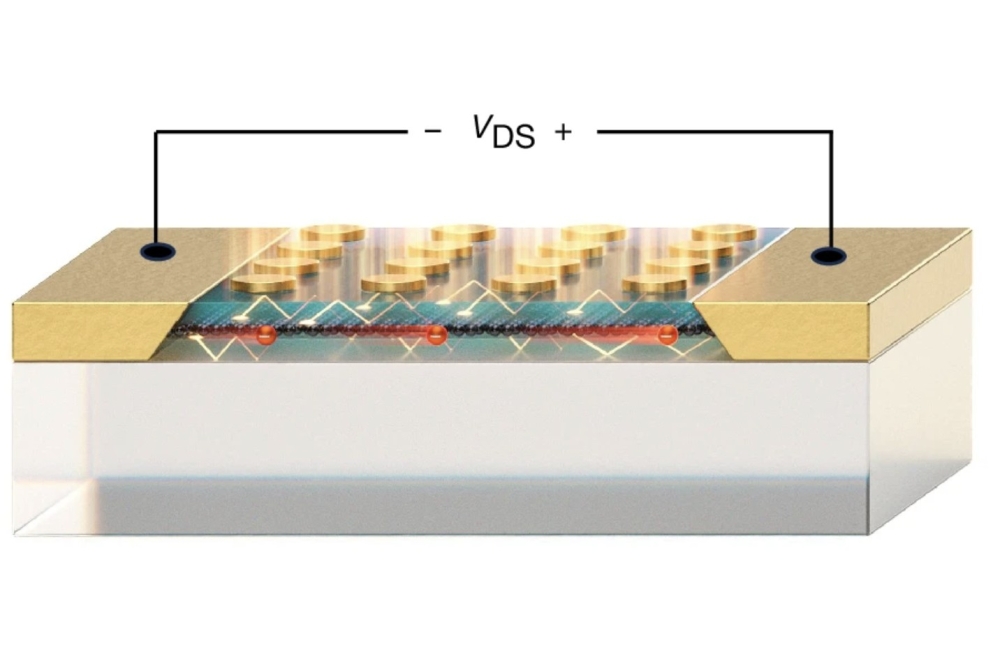Advancing communication with deep UV

Deep-UV LEDs lie at the heart of a network providing 10 Mbit/s connectivity between multiple users
Using light in the deep UV for optical wireless communication has much appeal: thanks to its invisible character, security is high; due to strong filtering by the atmosphere, the source benefits from a low background noise; and absorption of light is not as severe as in the infra-red, aiding the transmission distance.
Driven on by all these strengths, there has been much interest in deep-UV communication over the last few decades. Up until recently, progress in emitters and detectors has helped to advance the progress of offline deep-UV light communication systems – and now a team from China is claiming to have taken the technology into a new era, with the first communication system operating in this spectral range that offers multiple services for all users.
The team making this claim – they are from Nanjing University of Posts and Telecommunications and Suzhou Lighting Chip Monolithic Optoelectronics Technology – have proposed, manufactured and characterised a solar-blind full-duplex light communication system employing LEDs emitting at 275 nm for the light source.
This effort, featuring the demonstration of real-time video communication in sunlight, has established a deep-UV communication network that contains an integrated wireless module, and provides access for users within a 46 m2 area.
Spokesman for the researchers, Yonglin Wang, who works for both Nanjing University of Posts and Telecommunications and Suzhou Lighting Chip Monolithic Optoelectronics Technology, believes that one of the highlights of this work is solar-noise-free transmission at 10 Mbit/s under sunlight. According to him, another asset is the use of TCP/IP, which provides prerequisites for networking.
Wang and co-workers have expertise in deep-UV LED technology, having developed a vertical AlGaN-based deep-UV LED emitting at 272 nm in 2022. However, for this latest work they employ commercial devices, constructing three transmitter units, each with four LEDs.
“This design significantly increases the emitted optical power at the transmitter, thus improving the point-to-point transmission distance between two deep-UV transceivers,” argues Wang.
The deep-UV LEDs employed by the team, which use a thin-film flip-chip architecture to trim the forward voltage and increase light extraction, are attached to a solder pad on a printed circuit board. Driven at 24 V, these units, formed from four LEDs in series, produce an output power of 34 mW. The dominant emission wavelength is 275 nm, and the full-width at half maximum associated with this peak is just 10 nm.
To transmit data, a transistor-transistor logic signal that’s modulated by an on-off-keying modem is applied to the deep-UV LEDs.
Detection of the transmitted signals is realised with a Hamamatsu S14124-20 avalanche photodiode. This has a quantum efficiency of 87 percent at 266 nm.
Wang and co-workers have determined that the maximum transmission rate for this real-time full-duplex communication system is 10 Mbit/s. When they realised this rate in a solar-blind experiment on an open balcony at an altitude of 82 m, they determined bi-directional packet loss rates of 1.28 percent and 1.58 percent.
One of the team’s next goals is to tackle another big issue in deep-UV light communication: combining high speeds with long distances. “In our future work, a photo-multiplier tube will be used as the core receive device to significantly increase the transmission distance,” remarks Wang.
Another problem that they are planning to address is the difficulty of alignment associated with moving wireless optical communications. According to Wang, an automatic alignment feature will be introduced to enhance the practicality of the system.
A third direction for the engineers is combining their technology with other communication systems, such as underwater blue light communication technology. This will allow the team to establish a space-air-sea communication network.
Reference
Z. Qi et al. Appl. Phys. Lett. 123 161109 (2023)

